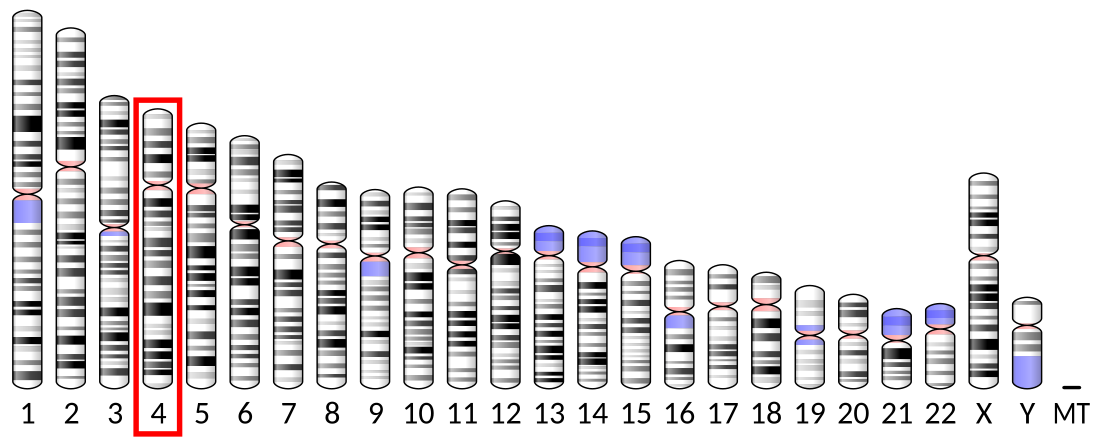Top Qs
Timeline
Chat
Perspective
YTHDC1
Protein-coding gene in humans From Wikipedia, the free encyclopedia
Remove ads
YTH domain-containing protein 1 is a protein that in humans is encoded by the YTHDC1 gene.[5][6][7] YTHDC1 is a nuclear protein involved in splice site selection that localises to YT bodies; dynamic subnuclear compartments, which first appear at the beginning of S-phase in the cell cycle and disperse during mitosis.[8]
Remove ads
Interactions
YTHDC1 has been shown to interact with:
Role in disease
Alternative splicing is altered in a number of diseases and is particularly relevant to cancer.
Cancer
YTHDC1 has been shown to splice mRNA transcripts which have oncological importance, regulating tumour functions such as hypoxia associated vascular endothelial growth factor (VEGF), DNA damage associated breast cancer 1 (BRCA1) and hormonal growth driver; the progesterone receptor (PGR).[12][13]
In prostate cancer, YTHDC1 has also been shown to interact with the protein metadherin, encoded by the oncogene MTDH acting to influence alternative splicing of tumour-related genes such as CD44.[11][14]
Remove ads
See also
References
Further reading
Wikiwand - on
Seamless Wikipedia browsing. On steroids.
Remove ads





